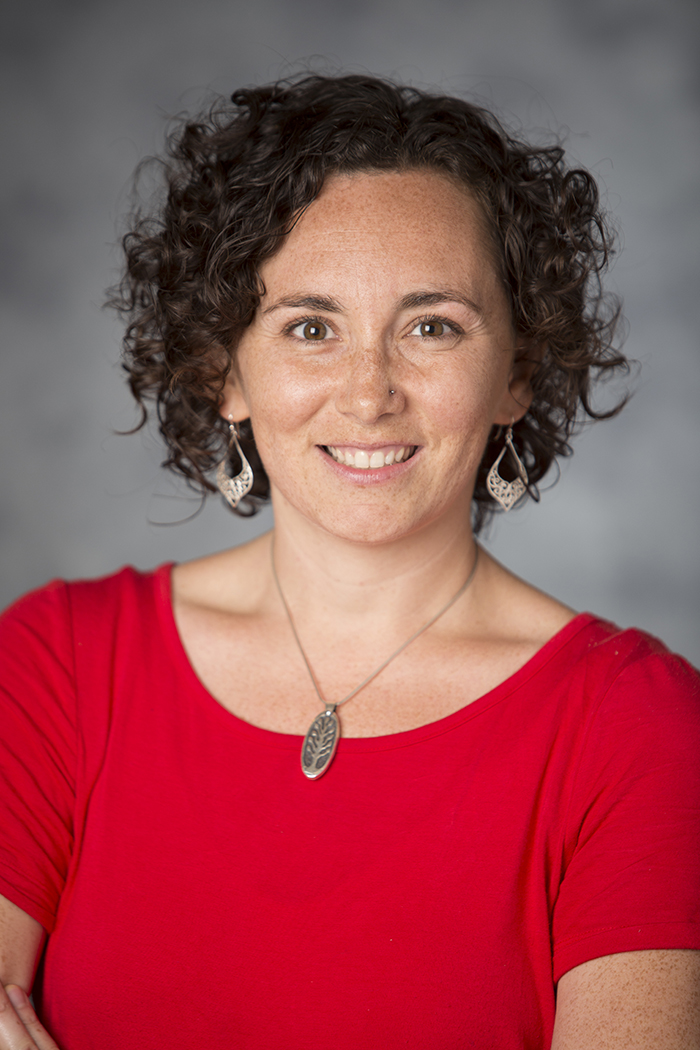
Daniel Mateus/Shutterstock.com
.
I closed the doors to Missouri’s first competency-based high school after just three years. Our school, based in St. Louis and on the campus of the city’s technical college, served young people ages 17-21 who wanted to finish high school but couldn’t succeed in a traditional environment.
Many of our students worked, were parents or took care of elderly relatives, making it hard for them to stay and succeed. Before we opened, we spent years researching everything in education and youth development that worked to re-engage and educate disconnected youth. Though there was little known about it at the time, the idea of competency-based education kept rising to the surface.
Competency-based education, often referred to as CBE, has historic youth development roots. Camps and after-school programs have long based their curriculums and approaches on teaching young people to master the skills, habits and knowledge most important for the tasks they need to do.
Think about how you might teach someone to sail, ride a horse or build a fire. Content knowledge alone is not sufficient. Today, CBE is increasingly accepted as an approach to schooling. When put in place, students progress based on what they know and can do, rather than time spent in class.
‘Move on when ready’
 We thought this idea made perfect sense for our students, all of whom had too few credits to graduate before aging out of school at 21. CBE enabled us to sidestep Missouri’s “seat time” rule, which required students to be in a class for 7,830 minutes to earn a single credit (32 credits needed to graduate).
We thought this idea made perfect sense for our students, all of whom had too few credits to graduate before aging out of school at 21. CBE enabled us to sidestep Missouri’s “seat time” rule, which required students to be in a class for 7,830 minutes to earn a single credit (32 credits needed to graduate).
Months and many waivers later, we had the flexibility and school design needed to start our school and, we believed, really re-engage, educate and graduate our city’s hardest-to-reach young people. Our model was simple: We had pulled together the 21 competencies students needed before their 21st birthdays (“21 by 21”).
Those competencies included being a strong communicator, critical thinker, problem solver and responsible citizen. Each competency mapped to academic standards and life skills. Classes were organized by competency, rather than grade level or topic. This allowed students to “move on when ready” (a slogan coined by friends at the Center for the Future of Arizona) and teachers to focus their instruction on what students needed to know and be able to do.
CBE started very small
When we closed our doors (you can read more about the reasons why here) the board and I still believed we had the right mission and model. We also believed that while this model included solid youth development programming, it was incompatible — at the time — with being a Missouri public high school.
We thought that students should be able to focus on the knowledge and skills they really need to learn and live. A student should be able to slow down or speed up. Support services, such as counseling and advising, should be built around a personalized learning path. Elements like how long a class is, how many classes he takes in a semester and how many days he is in school should enable, but not drive, his learning experience.
A lot has changed since we closed our doors. Back then, competency-based education was limited to out-of-school programs and just a few innovative schools. There were a few other friends in the field, including Boston Day and Evening Academy and Our Piece of the Pie, who were using CBE to work with the same population in different parts of the country. Only one network, Big Picture Learning, had taken the idea to scale.
I left this loose network of CBE pioneers to join national groups that wanted to know what makes CBE work. This led me to see the best and worst of competency-based education. Over the past few years, the number of CBE pioneers has grown exponentially, becoming a real movement.
CBE now more widely used
Today, more states than not have policies encouraging, enabling or requiring competency-based education. There are task forces, pilots, large community gatherings, thought leaders, such as CompetencyWorks, and leading networks, such as C-BEN, the Competency-based Education Network. Funders, including the Bill and Melinda Gates and Nellie Mae Education foundations, actively promote competency-based education, and politicians include CBE in their education lexicon and stump speeches.
In higher education, competency-based programs have grown from 20 to more than 500, and that number is on the rise. And we are finally getting more research and evidence on what works and what doesn’t — and for which students — ever since the foundational calls that were laid out in papers from Jobs for the Future and RAND.
As I reflect over the past decade of participating in and learning about this work, a few themes keep coming up. Most pronounced is my growing belief that CBE can both address persistent inequities or make them much worse (in K-12, out-of-school time settings and higher education).
What hurts CBE
Done well, CBE offers students learning experiences where they practice and master the knowledge, skills and habits most critical for their success. From what I have seen, CBE may be done poorly when teachers don’t have the training, time or structural supports needed to carry it out. In these cases, those rich skill-building experiences are hard to create or done with varying levels of quality.
For some, including my own school, prohibitive policy environments get in the way. For others, the time it takes to unlearn “regular school” and embrace a competency-based approach is too intense and exhausting — in extreme cases causing burnout, stress and disillusionment.
One thing is for sure, just five years after our school closed, competency-based education is coming of age. It is no longer limited to a small group of innovators or youth developmental practitioners, and it is increasingly seen as common practice. It seems to work best in states and communities that require or strongly encourage it (see more here). A number of districts and charter schools across the country have embraced CBE as their primary way of “doing school.”
With more people doing it and talking about what works and doesn’t, CBE is maturing, and quality practices are emerging. In addition, the increase in schools doing this work has led to enough of a market for education vendors and service providers to design better tools and products that help teachers manage data, improve their practice and evaluate their progress and outcomes.
I will be interested to see how CBE advances in the next five years. Here is what I predict: In the next five years CBE will fully come of age, and in so doing it will lose its name but gain permanency. Competency-based education will not be something separate or different from a traditional education. Instead, education will be competency-based, regardless of whether it happens in or out of school.
Our systems and structures will continue making incremental movements away from time and toward student learning. This centralization will bring greater attention to the need to make sure competency-based education is equitable and high quality, and to ensure that teachers — no matter where they earn their teaching certification or where they teach — learn how to be facilitators of learning within a competency-based environment.
Stephanie Malia Krauss is the director of special projects at Jobs for the Future, focusing on cross-systems approaches to the economic advancement of vulnerable populations, including student-centered learning. She was previously a senior fellow with the Forum for Youth Investment and Corporation for a Skilled Workforce.



























